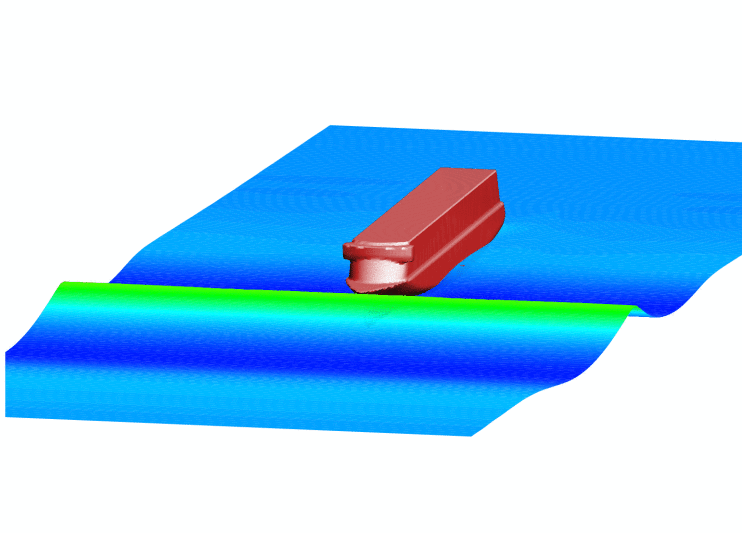Project Dipl.-Ing. Jens Ley
Design for ship safety in extreme seas: Extreme Seas
Amongst others, high bending moments and shear forces induced by extreme sea states are considered to be a possible cause of total ship losses in the past. Structural responses occur as a result of fluid-structure interaction. In particular, hydro-elasticity is the reason for high dynamic amplifications of the global loads, making a significant contribution to the life-cycle loads. Herein, resonance and slamming are important effects that must be considered. A better understanding of those dynamic amplifications as well as their probability of occurrence is necessary to assume more proper design loads in the ship design process. Nowadays, in the rules of classification societies, these effects are covered by safety factors, based on experience. The aim is to develop design methods and to optimise and adjust design loads for various types of ships, respectively. Moreover, a better knowledge of the behaviour of extreme waves is an objective.
The physical properties of extreme waves are investigated to improve the existing wave models and to adjust the methods used to generate them in numerical simulations. Based on short and long-term predictions, extreme wave trains that induce extreme ship responses will be determined and numerically investigated.
A coupling of an existing RANSE solver with a Finite-Element based code will be carried out to compute the ship responses. A detailed structural analysis follows and is addressed to global and local loads. At last, the results of these seakeeping simulations will be validated using experimental data. As a consequence, new methods for a risk-based design may be developed or existing ones can be improved.
The project is sponsored by the European Commission.


